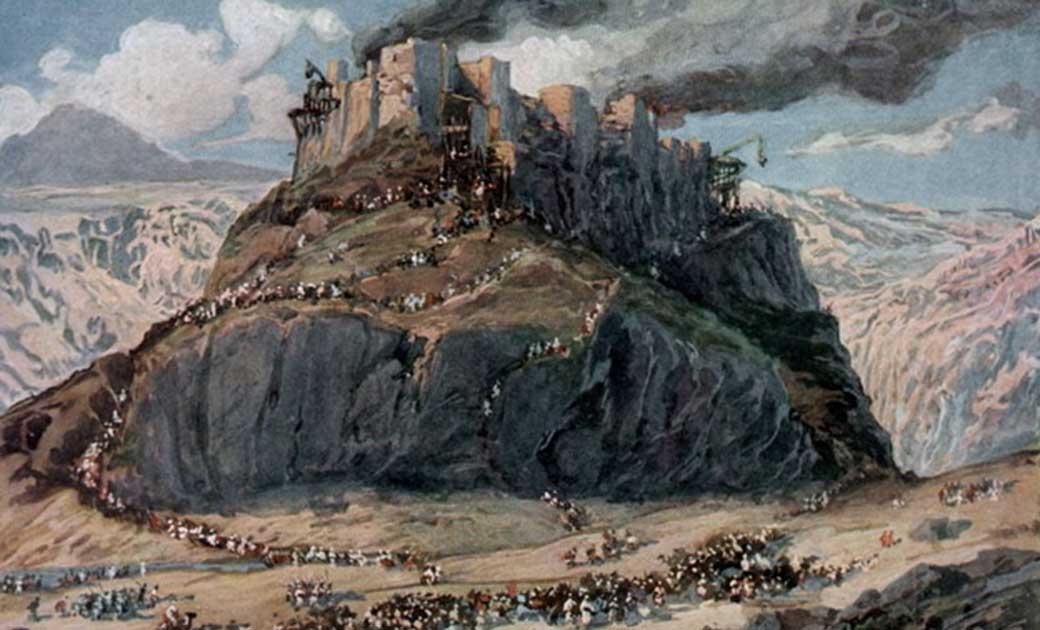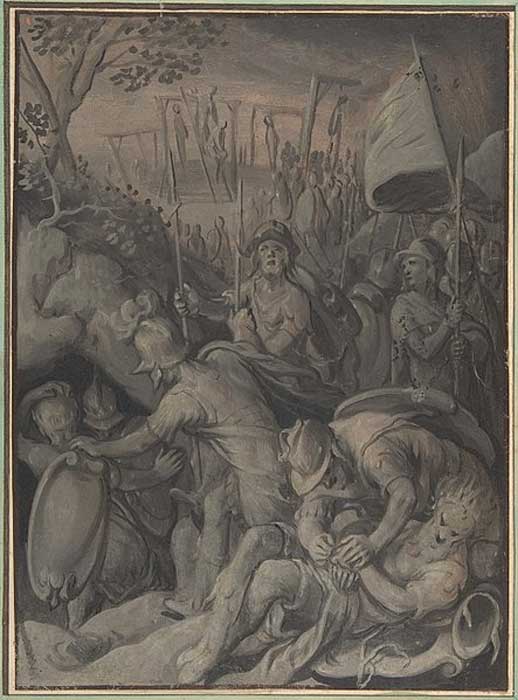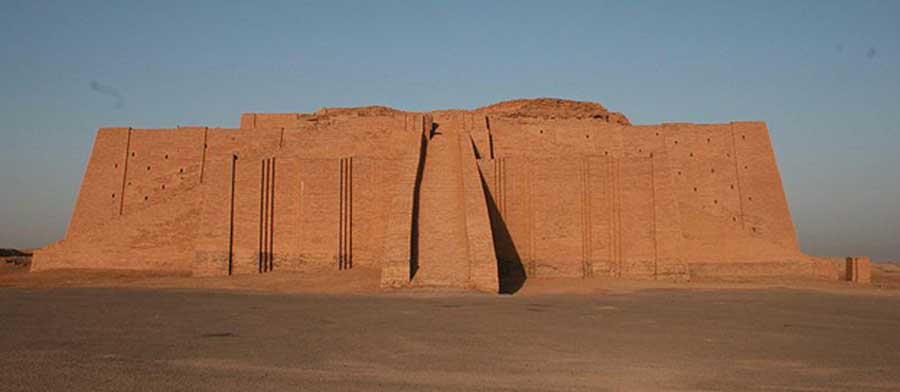
The Amorites: Bronze Age Invaders Who United an Empire
Sometime during the third millennium BC, a group of nomadic raiders expanded out of their mountainous homelands in Syria and stormed Mesopotamia. They were known as the Martu or Tidnum to the Sumerians, and the Amar to the Egyptians. These names denote ‘of the west’, or ‘the western people’. In the Book of Genesis 10:16, these people are referred to as the Amorites, descendants of Canaan. The scriptures also state that the Amorites had gigantic chiefs and warriors among them. Amos 2:9 compares the size and strength of the Amorites to the cedar tree, while in Numbers 32:29-32, the Amorites are among the peoples ‘of great stature’ encountered by the Israelite spies. The Amorite chief Og is described in Deuteronomy 3:11 as ‘of the remnant of giants’. In Akkadian, both the Amorites and Syria itself were named after Amurru, a deity of the Amorites. Amurru is also known as Belu Sadi, or ‘Lord of the Mountains’, while his divine consort, Belit-Seri was ‘Lady of the Desert’.
Jebel Bishri Tombs of Amorite Kings
The MAR.TU are mentioned in a tablet from Tell Farah dated to around 2550 BC. MAR-TU/MAR-DU appears on the 24th-century BC Ebla Tablets as a name for both a geographic region as well as its inhabitants. According to Lönnqvist (2008) some scholars have specifically identified the Amorite homeland with Jebel Bishri, a mountain region situated between Palmyra and the Euphrates River. Similarly, Michael Astour (1992) has also traced Mar-du.ki (the Amorite homeland in the Ebla Tablets) to Jebel Bishri. The Mari texts make it clear that during the Bronze Age, Jebel Bishri was the territory of at least two Amorite tribes: the Suteans and the Yaminites.

View on Qasr al-Banat from east city of Ar-Raqqa Ar-Raqqah Governorate (CC BY-SA 3.0)
There are more than 400 stone burial mounds (or cairns) on the northern and western slopes of Jebel Bishri. The mound fields were generational burial places of the Amorites, and several were utilized for many centuries. For example, Ristvet (2015) found the use of the Tor-Rahum Cairns has been dated to between 1900 and 1600 BC. According to Silver (2014) the tumuli of Jebel Bishri frequently cover stone ring walls surrounding stone burial cists, which contain the remains of dead Amorite chiefs. At Tell Banat in northern Syria, an Amorite occupation dating to between 2450 and 2000 BC produced an extraordinary tumulus known as the White Monument, measuring 100 meters (328 feet) in diameter and 20 meters (65.61 feet) high. The outer layer of the White Monument was originally stepped like a Mesopotamian ziggurat. Excavations have revealed that use of the site began with several mounds of stone and earth containing human burials, animal bones and pottery, after which a single larger tumulus was built to cover the smaller monuments between 2600 and 2450 BC. Finally, the outer stepped layer was raised over all by 2300 BC. (McClellan & Porter, 1999)

Execution of the Five Kings of the Amorites by Joachim Beuckelaer (circa 1533 –1575) (Public Domain)
Amorite Invasions
By the Middle Bronze Age (circa 2300 - 2000 BC), the Amorites had invaded the Levant and Middle Euphrates region. Garfinkel et al. (2007) describe tombs of this period that contain what have become known as ‘warrior burials’, as defined by a particular assemblage of grave goods including distinctive pottery, javelins, daggers, axes and spearheads. The Amorites spread from the Levant into Arabia via the Middle Euphrates, where they developed into a multitude of tribal groups with polities and networks that maintained an interrelated web between their people in the region. Christine Kepinski (2010) explains the dynamic changes this new people heralded in the region: “The Amorites infiltrated progressively into both the Mesopotamian towns and those of the Gulf. In the 22nd century BC, Magan was directed by a figure with an Amorite name. Later, it was another Amorite who reigned over Failaka and the land of Bahrain and Amorite proper names are frequent there at the beginning of the second millennium.”

Ziggurat of Ur (Public Domain)




